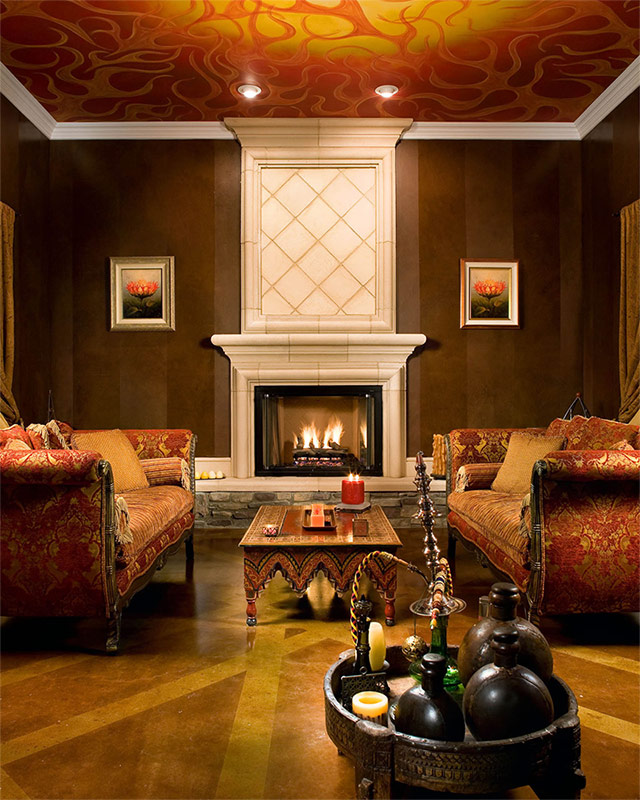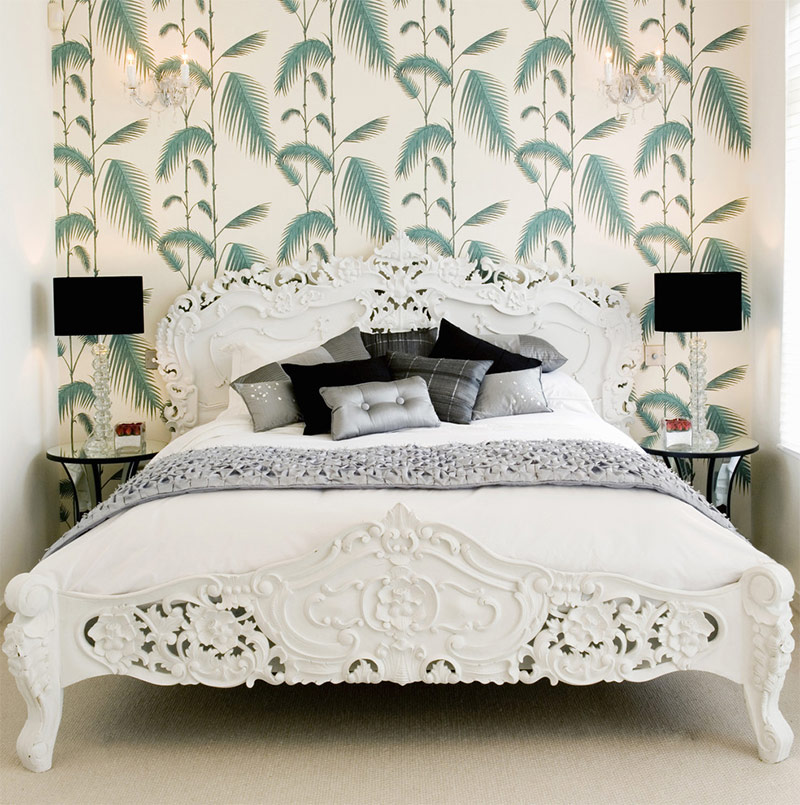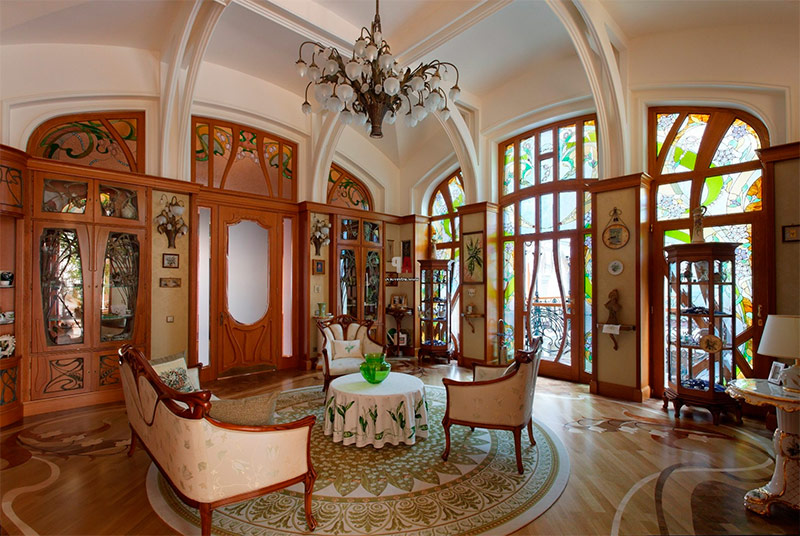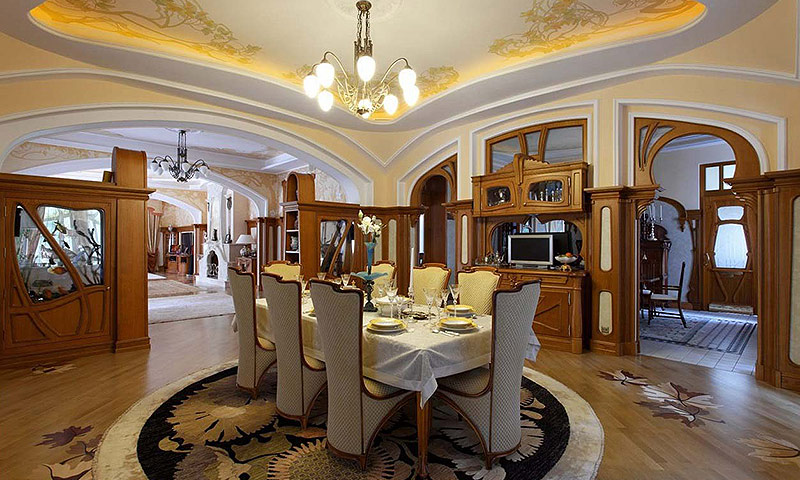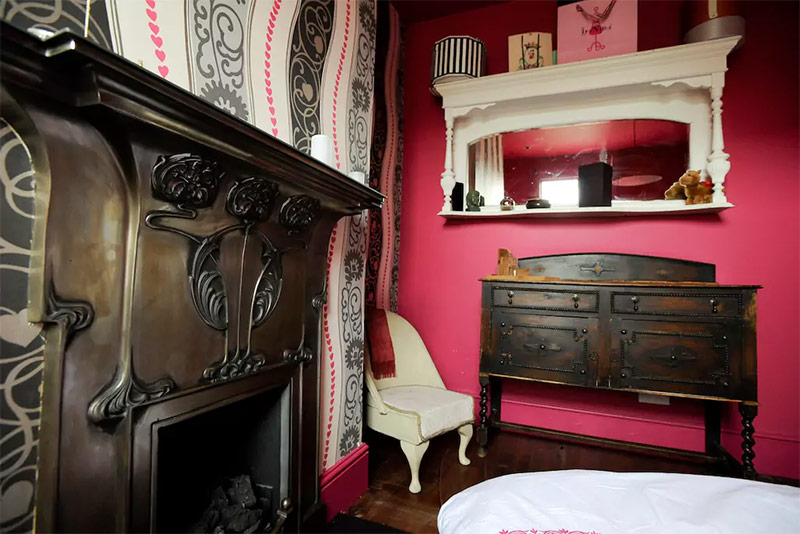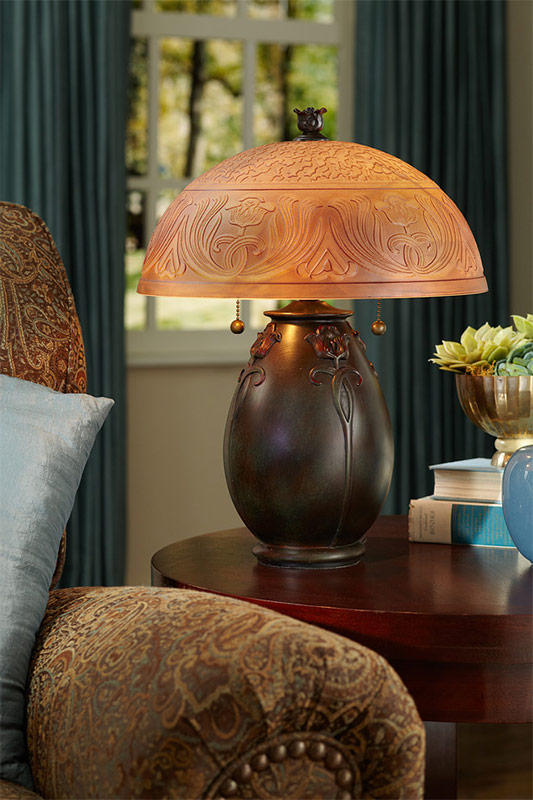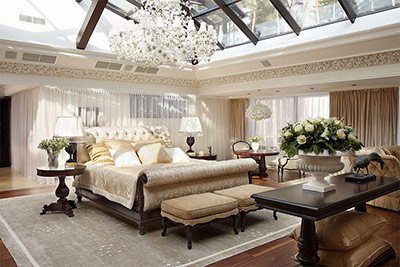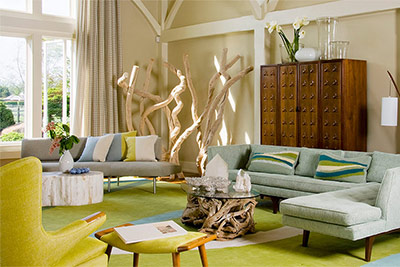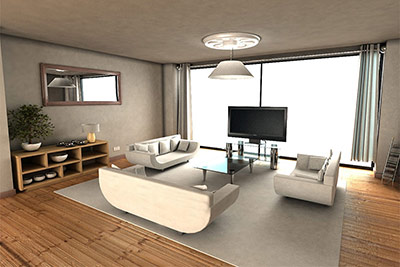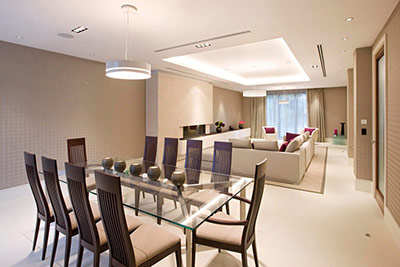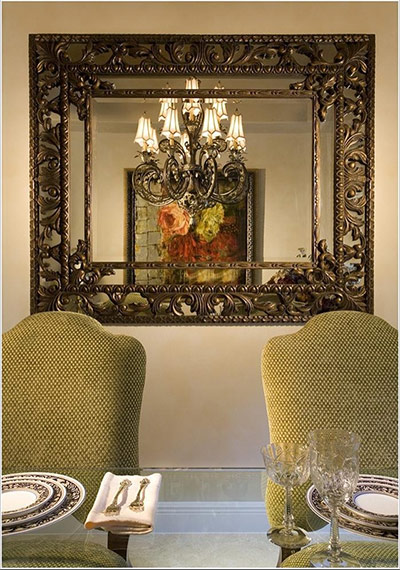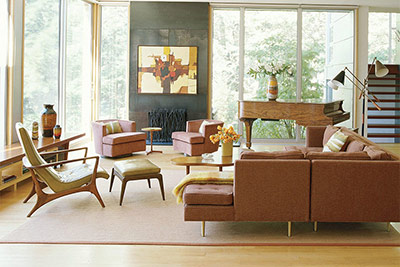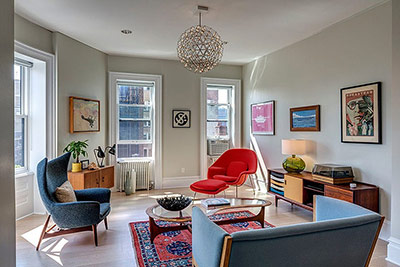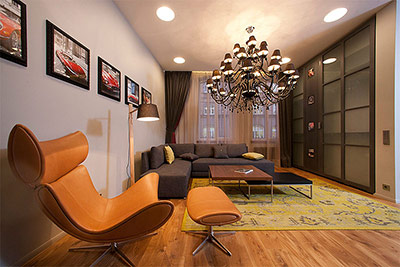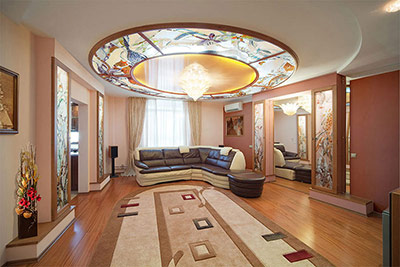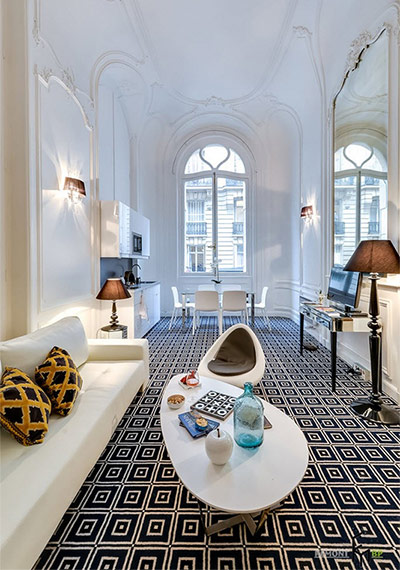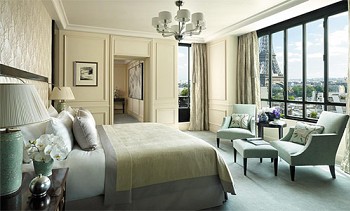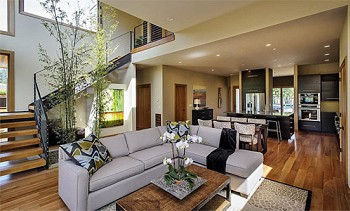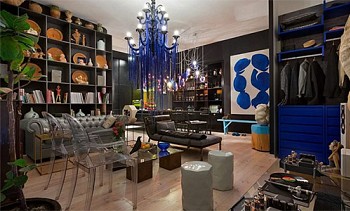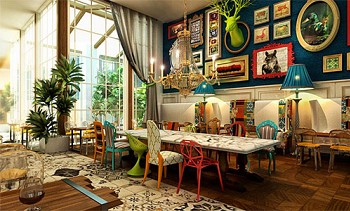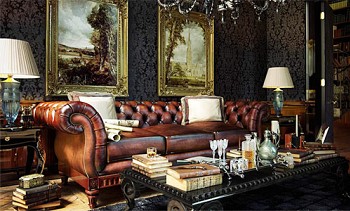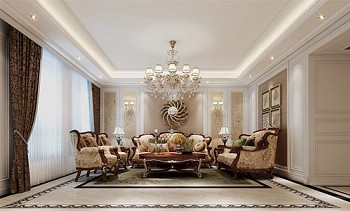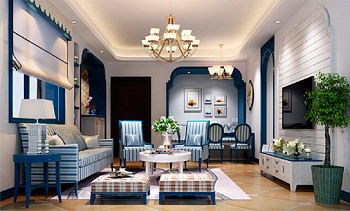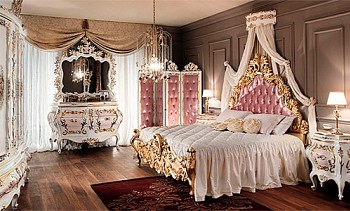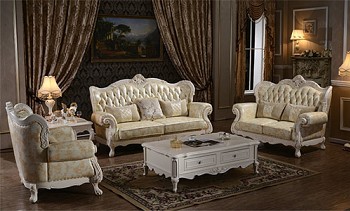Rules of design and features of the interior in modern style
Translated into Russian, the name of the modern style means "modern." He was such at the time of his appearance, introducing a lively extraordinary stream in the development of design. Today, only its name has survived, which does not apply to modern design trends. Having decided to give preference to this style, you should be prepared for the fact that its execution in the classical version requires significant material costs. But the end result is worth any cost, because the modernist style in the interior is a work of art.
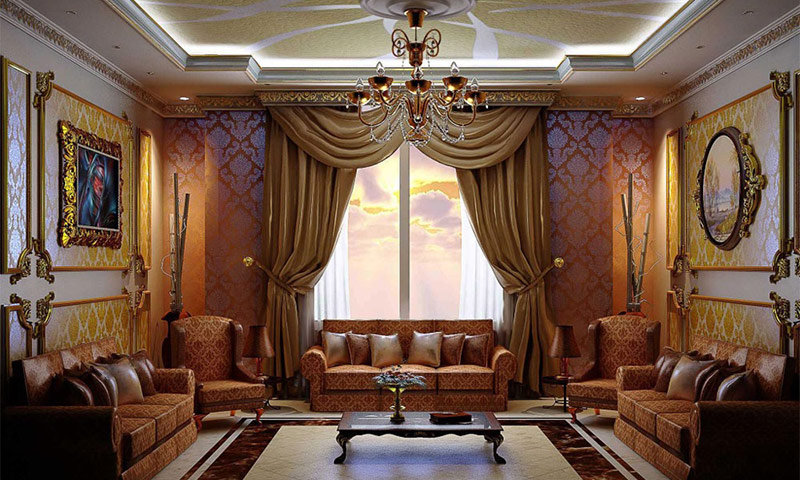
Content:
- History of Art Nouveau
- Distinctive features of the Art Nouveau style
- Features of the layout of the room in the Art Nouveau style
- Style color scheme
- Art Nouveau Walls
- Art Nouveau Ceiling
- Art Nouveau floor
- Furniture selection
- Lighting
- Textile
- Art Nouveau Decor Elements
- A photo. Art Nouveau style in a modern interpretation
History of Art Nouveau
The emergence of this style was provoked by the incredibly chaotic eclecticism, which at the end of the 19th century became the most often used in the design of European interiors. All the styles known at that time were mixed, shuffled, piled on top of each other, but did not give a new result. The rooms remained the same recognizable, long fed up, did not differ in any originality or classic purpose, were just a repetition of previous designs, often in a not very successful combination of them.
The emergence of a new style was a natural process, accelerated by the rapid development of new technologies that require their implementation. At first, the Art Nouveau design was perceived as a sign of bad taste and appeared in a few houses. Basically, extraordinary individuals resorted to him, who wanted to stand out in a similar way from the crowd.
Modern did not last long at the peak of popularity. The beginning of its decline falls on the second decade of the twentieth century. This was due to the high cost of manufacturing furniture and finishing materials necessary for a clean style. The development of industry, which put on the conveyor the manufacture of objects, finally shook the foundations of the style, and the First World War put a dead end to its popularization.
Modern in different countries
A new progressive and very bold style quickly spread throughout the world, finding millions of fans. In each country he had his own name:
 |
In America, it's tiffany. It is named after the famous artist and designer L.K. Tiffany, the author of the original glass compound in stained glass production. |
 |
For the French, this is Art Nouveau, which means “new art”. |
 |
"Young art" or art nouveau among the Germans. |
 |
The modern style of the British. |
 |
Secession among the Austrians. |
 |
Liberty for Italians. |
 |
Modernism among the Spaniards. |
 |
Spruce style in Switzerland. |
Each culture left its mark on the development of style, and soon two main directions appeared: decorative and constructive. The first was characteristic of Scotland and Austria. The second adhered to Germany, Belgium, France. In a separate group, one can distinguish the Russian style, the development of which was greatly influenced by folk traditions. But this division is very conditional. It is not for nothing that designers consider Art Nouveau to be the most difficult of all known styles - it has absorbed such a huge number of directions, influenced by so many cultures, that it is sometimes very difficult to determine the line between it and eclecticism or Art Deco.
Distinctive features of the Art Nouveau style
Each style has its own distinct differences, allowing even a barely knowledgeable person to accurately identify them.
Art Nouveau in the interior is:
#1. An abundance of wooden elements.The Art Nouveau interior does not accept fake materials. The most affordable and versatile is wood. It creates furniture, wall panels, wall, ceiling, flooring, windows and doors. The most commonly used solid wood with a pronounced structure: beech, oak. When processing it is not allowed dull dye, hiding the structure of the fibers.
#2. The complete lack of straight lines. Smooth, soft contours, without any angles, often imitating plant elements.
#3. Forms are smooth, devoid of any symmetry. Harmonious flow from one to another. Dominant vertically.
#4. Natural themes in the decor: stylized floral and animal ornaments. Initially, Art Nouveau gravitated to a simplified image of lilies, petals and leaves, butterflies with dragonflies. But today, these elements are not required. They can be selected according to your own taste.
#5. Stained-glass windows used for decoration of windows, doors, ceilings and lamps. The technique of their manufacture is not important - from expensive tiffany to pseudo-stained glass created by the method of painting. Only the theme of the drawing is important. It should be in tune with the general mood of the room. Most often, this is a floral ornament using flexible stems, soft petals and smooth abstraction.
#6. Upward-looking windows, often arched or huge types of display cases, decorated with floral decorations. In the Art Nouveau style, windows are used not only for their intended purpose, but they are also a full-fledged element of room decor, complementing, and often putting a bullet in, its design.
#7. Doors are rectangular or arched. Wide, preferably double-winged. Flat with mosaic elements. A distinctive feature of Art Nouveau doors is the windows on the top and sides of the doorway, most often decorated with stained-glass windows. This creates an additional sense of open space.
#8. Stairs and steps are wide, always decorated with wrought iron railings with openwork ornaments.

Stained glass front door in the Art Nouveau style.
Features of the layout of the room in the Art Nouveau style
Art Nouveau tends to have a lot of free space, so a medium-sized and larger room is suitable for design in this style. Best if it is a studio apartment. Its layout allows unobtrusive zoning of the space, using only floor coverings and ornate openwork partitions with necessarily wavy arched lines. The dividing line on the floor should not have corners, be smooth. You can duplicate zoning lines with partitions, furniture, carpets, large decor elements, and even floor patterns.
The second option, the most suitable for modern design - an apartment with a non-standard layout. This arrangement is most suitable for creating an interior that gravitates to non-standard and asymmetric shapes. After all, with the help of Art Nouveau, you can veil the unsuccessful shape and arrangement of rooms.
Style color scheme
The naturalness of the material used in the creation of Art Nouveau in the interior is emphasized by natural colors.
All of them should be muffled, not screaming, in pastel colors:
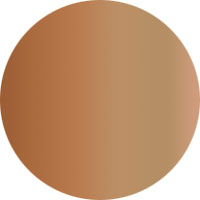
Shades of brown.
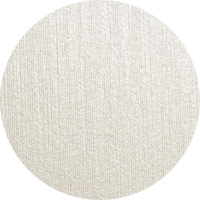
Pearl.

Wet asphalt.
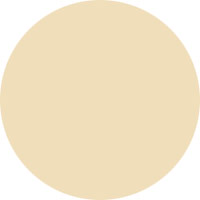
Beige.
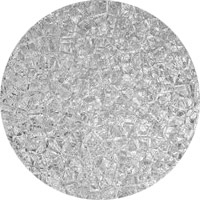
Silver.
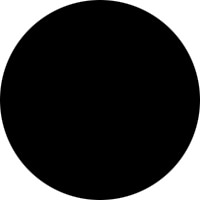
The black.
The task of color is to give the interior lightness, romance.
For contrast, fit:
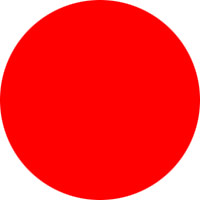
Red.
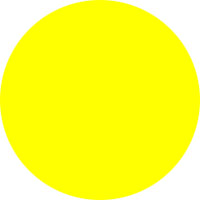
Yellow.
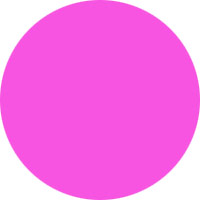
Fuchsia.
But these accents should be a small amount.
It is important to choose the right ratio of colors for decoration, furniture and textiles, so that the room gives the impression of a single whole, and not a mixture of disparate elements. In a modernist style, allowing for all sorts of deviations and innovations, such a shaky edge is very easy to miss. As a result, instead of a stylish interior, you get the same eclecticism, moreover, it is often very poor-quality.
First of all, it is necessary to determine the accent element, and only then adjust the background and additional color fillings for it.If you need to draw attention to the chic furniture - the color of the walls, the saturation of the stained-glass windows or the pomposity of the ceiling decoration should in no case interrupt it. Be proud of the author's stained-glass windows on the windows, the ceiling and in the doorway - furniture, walls and floors should be made in pastel colors of one or two colors in different tones. You should not use too many colors - we create an interior comfortable for the eyes, not a rainbow, even if all its colors are harmonious with each other.
In the modernist style, which prefers space and air, eliminating additional partitions, the room can be zoned using color. The main thing is that all the elements of each zone are consonant and in no case conflict with each other. With the color scheme of each zone, you can experiment at your discretion, not forgetting to adhere to the basic requirements for color.
Art Nouveau Walls
The walls create only the background, but in no case do not focus on themselves. Therefore, light, non-flashy shades are used for their coloring: pearl, cream, milky white, light gray. Texturing is unacceptable. For some rooms where it is necessary to create some kind of intimacy, chamberness, you can take darker tones of wine, brown. They should be muted, without gloss. To avoid excessive gloom from the dark color, the walls can be decorated with discreet floral ornaments. Its distinctive feature is the vertical arrangement, imitation of the natural growth of plants.
Sometimes designers prefer to decorate the lower part of the walls with wooden panels, which in some cases is more practical, for example, in the hallway. The panels should be made of natural wood or, in extreme cases, cheaper artificial material that mimics it. The upper part of the walls is covered with silk or paper wallpaper in pastel shades. In any case, the decorated walls should not attract attention, thereby drowning the interior of the room.
Art Nouveau Ceiling
The Art Nouveau ceiling should be given special attention. Unlike walls, it is very richly decorated. It can be volume gypsum stucco molding, wooden elements. It is in the ceiling that the influence of classics on the formation of this style is maximally felt. Its static elements quite organically fit into the outlandish interweaving of undulating lines and look great in asymmetry, smoothly braiding rooms in a dynamic pattern.
Stained-glass windows are often placed on the ceiling, which are an invariable and very important attribute of modernity. Illuminated by a muffled light that does not hurt the eyes, they create a special mood in the room. Moreover, a stained-glass window made by the owner’s own project is a great way to express yourself and make your personal contribution to the design of the room.
Art Nouveau floor
Flooring is a very important component in the design of a room of any style. In modernity, gender is not an active component. It should harmoniously fit into the overall picture, not suppress and not “disappear”. Shading the decoration of the room, it can be darker than the walls or in the same tonality.
The floor allowed by the rules of modern Art Nouveau in the interior is a wooden parquet, laminate, natural tile or stone. Parquet can be laid out with a classic Christmas tree or in some specific design with the obligatory smooth lines of the picture. Laminate should be natural colors under a wooden board. Modern technology allows you to create a pattern made of natural stone or porcelain stoneware, carved in any form.
Furniture selection
Properly selected furniture style is convenient, comfortable, with smooth outlines. She must beckon to rest. The complete absence of any angles. Sofas, beds have maximum asymmetry in the backs. The backs of chairs outlandish waves rush up. The proportions of cabinet furniture are as dominant as possible in the vertical direction.Art Nouveau is a very flexible style, so classic furniture with a bizarre shape will perfectly fit into it. Furniture in a minimalist style is also suitable for him, if it is supplemented with appropriate decor, expressive patterns and stained glass details. The main rule in the selection of furniture that you can’t deviate from is natural color and material.
The amount of furniture should be clearly designed to suit the purpose of the room. Excessive objects are not allowed, creating clutter, not acceptable for this, requiring a lot of air of a minimalist style. Upholstered furniture is not a subject of modernity, but in some rooms it is necessary. It should be as small as possible, only with the intended purpose. According to the color scheme, it should fit into the overall picture, the tree should fundamentally prevail over textiles. The textile itself is made in muted pastel colors. Among standard industrial upholstered furniture, items with a minimum number of corners, rounded soft armrests, discreet textiles and floral ornaments should be selected.
Lighting
For Art Nouveau lighting, their appearance and location are important. In this case, it is better to adhere to the classical rules. They will make it possible to emphasize the belonging of the interior to the style, even if the rest will be allowed minor flaws.
The luminaire on the ceiling in the Art Nouveau style is a constant chandelier with the obligatory crystal elements of decor, luxurious and attracting attention. All its metal elements are gold-plated or forged. For bedrooms and boudoirs, you can use the tiffany-style chandelier. Multi-colored glass, shimmering with bizarre glare from the light on, will become a bright accent spot in the room.
It is desirable that floor and table floor lamps overlap with the chandelier in the technique of execution. The base and legs of floor lamps should be made of natural material, metal or wood, not to fall out of the general color scheme of the interior.
Perhaps additional lighting in the form of wall lights. Often they are used for zoning. Their base should be made of natural material, and the ceiling should be conical or rounded.
All lighting fixtures have a complex shape, possibly with decorative elements in the form of intricate monograms, flowing plant elements, asymmetric and elegant thanks to their ideal lines.

Modern chandelier in modern style.
Textile
Textiles for Art Nouveau - an indispensable element, starting with massive curtains on the windows and ending with decorative pillows on the sofa. For curtains, preference is given to natural fabrics that are not light: velvet, natural silk, satin. Curtains are fastened to open cornices, necessarily forged or imitating forging, with intricate tips. Another mount can be hidden behind the lambrequins.
It is better if the curtains are sewn asymmetrically or at least complemented by asymmetric lambrequins. In the daytime, they do not just slide apart, but are cleaned to the sides with the help of special fasteners on the walls on the sides of the windows. It turns out very soft beautiful waves.
Fabric for curtains can be used both plain and with a discreet floral pattern. Curtains should not attract special attention, but only complement the finished image of the room, in harmony with the upholstery of furniture.

Art nouveau bedroom window decoration.
Art Nouveau Decor Elements
As in any other style, the last point that completes the whole image will be objects that do not carry any functional load except for decorating the room. But they determine the atmosphere of the room, fill it with life and comfort.Art Nouveau is a fertile style in which there is a place for any decor. And rarely when their number is excessive. The main thing is that the color scheme fits into the overall picture.
It is desirable that all decor elements are made of natural materials, have a rich and presentable appearance:
- glass and crystal vases,
- china,
- all kinds of figurines,
- decorated table and wall clocks are plentiful,
- bronze products, including candlesticks,
- Chic picture frames
- stained glass paintings, sockets on the stream, stained-glass windows in the decoration of mirrors,
- sofa cushions covered in dense silk or with embroidery.
The main motives of decorative elements:
- Vegetation. Modern artists give particular preference to lilies and irises due to their long, flowing petals in bends,
- Butterflies, dragonflies, grasshoppers. Often, Japanese painting is used to decorate the modern interior, which harmoniously fits into the general requirements.
Charm and cosiness gives the room a modern fireplace. Let it be electric, but its decor should be as close as possible to the classic look. Nearby, for greater credibility, you can arrange forged objects, which are a necessary tool for a real fireplace.

Fireplace in a modern interior.
For art lovers, designers offer to turn their attention to the work of Czech Alfons Mucha and Austrian Gustav Klimt, the most famous propagandists of classical Art Nouveau during its prosperity. Their canvases perfectly match plasticity, harmony and unity with nature, which is necessary for a clean style. Or the more modern American modernist Joshia Birbank, whose paintings seem to be assembled from pieces, have an incredible hypnotic gift that fills the room with a special atmosphere.
Art Nouveau is the only one of all known styles that has existed for a very short time and has so long left its mark on design. Until now, after more than a hundred years since its inception, it, as at the very beginning, is used by extraordinary people, confident in themselves, the so-called gourmets in design.

